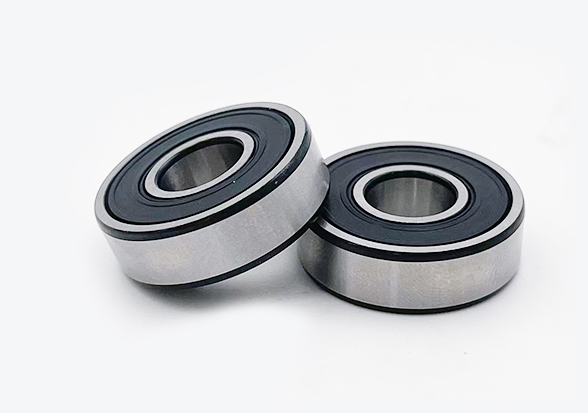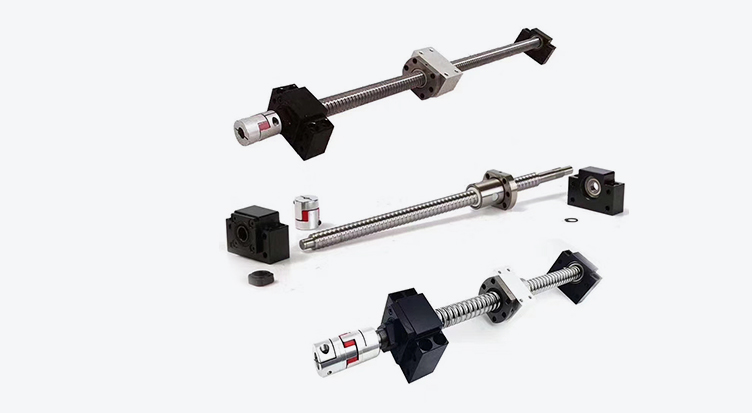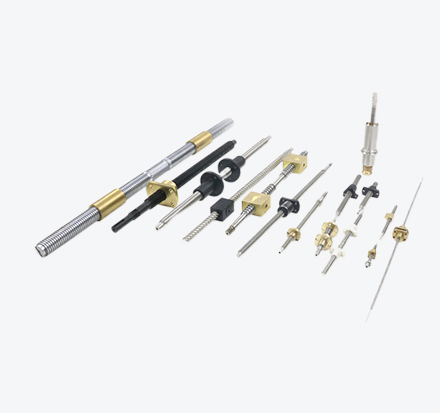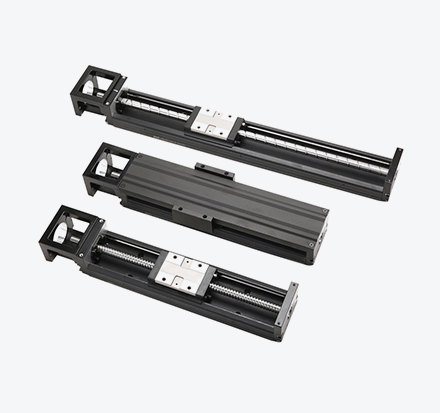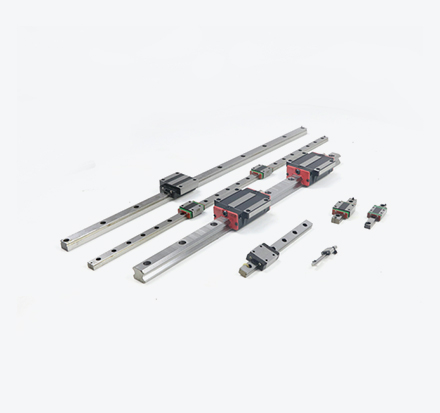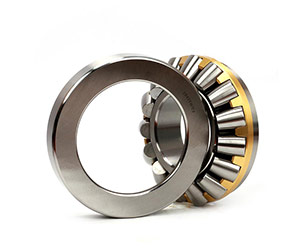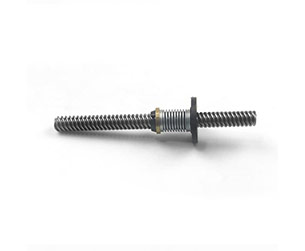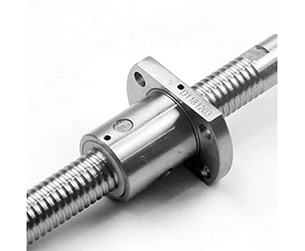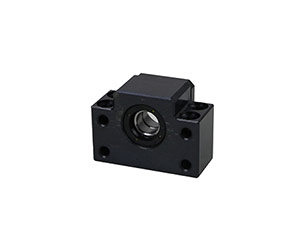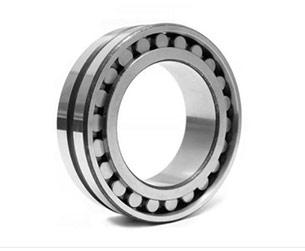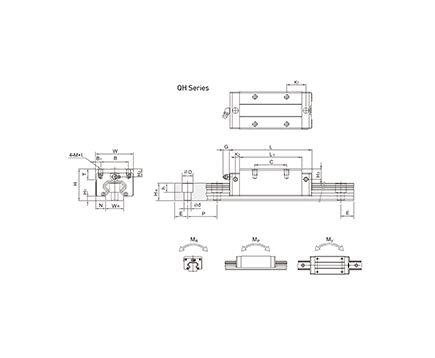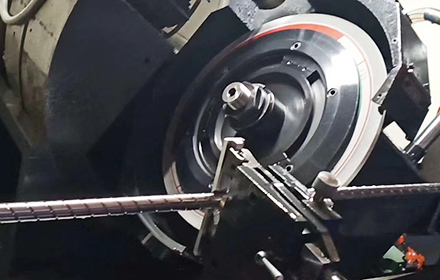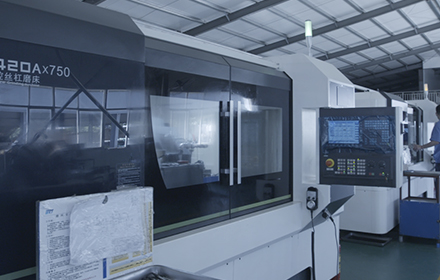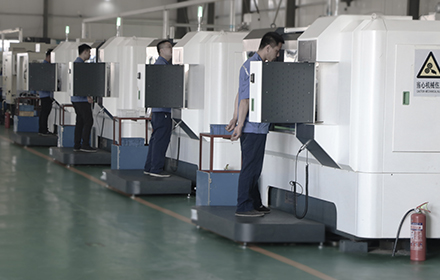Ball screws are widely used in various industrial applications, and the accuracy of the ball screw nut installation directly affects the performance and lifespan of the ball screw. Installing a ball screw nut may seem like a daunting task, but with the right tools and techniques, it can be done easily and effectively. In this article, we will walk you through the steps for installing a ball screw nut.
Ball Screw Nut Installation Steps
Step 1: Preparing for Installation
Before you begin the installation process, it is important to ensure that you have all the necessary tools and equipment. You will need a torque wrench, a set of Allen keys, a clean cloth, a degreaser, and a suitable lubricant. You should also make sure that the ball screw and ball screw nut are clean and free from any dirt or debris.
Step 2: Inspecting the Ball Screw Nut from ball screw manufacturer Before installing the ball screw nut, you should inspect it for any damage or defects. Look for any signs of wear, cracks, or deformation. If you notice any damage, you should replace the ball screw nut before proceeding with the installation.
Step 3: Applying Lubricant
Next, you should apply a suitable lubricant to the ball screw nut. The lubricant will help to reduce friction and wear between the ball screw and nut, ensuring smooth operation and a longer lifespan. Apply the lubricant evenly to the surface of the ball screw nut, taking care not to apply too much.
Step 4: Installing the Ball Screw NutTo install the ball screw nut, first, insert the ball screw into the nut. Make sure that the ball screw is correctly aligned with the nut, and that the balls are seated in the grooves of the nut. Then, carefully thread the nut onto the ball screw by hand, making sure that it is aligned correctly.
Once the nut is threaded onto the ball screw, use a torque wrench to tighten it to the recommended torque value. The torque value will depend on the size of the ball screw and nut, so be sure to consult the manufacturer's specifications for the correct torque value.
Step 5: Checking the Installation
After tightening the ball screw nut, it is important to check the installation to ensure that everything is working correctly. First, check that the ball screw nut moves smoothly along the ball screw without any binding or excessive resistance. Next, check that the preload on the ball screw nut is correct, and adjust it if necessary. Finally, check the accuracy of the ball screw nut by performing a test run at low speed.
Step 6: Cleaning Up
Once you have checked the installation and are satisfied with the results, you should clean up any excess lubricant and debris from the ball screw and nut. Use a clean cloth and a degreaser to remove any dirt or debris, taking care not to damage the ball screw or nut in the process.
Conclusion
Installing a ball screw nut may seem like a complex task, but by following the steps outlined in this article, you can do it quickly and effectively. Remember to prepare thoroughly, inspect the ball screw nut for damage, apply lubricant evenly, thread the nut onto the ball screw by hand, tighten it to the recommended torque value, check the installation, and clean up afterwards. With these steps, you can ensure that your ball screw nut is installed correctly and working at optimal performance.
 English
English
